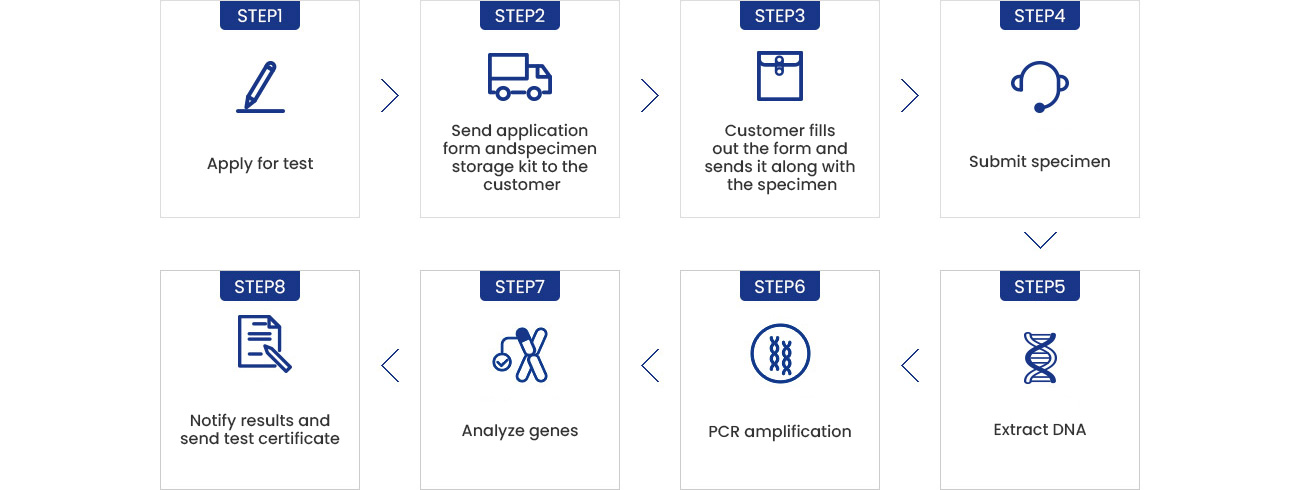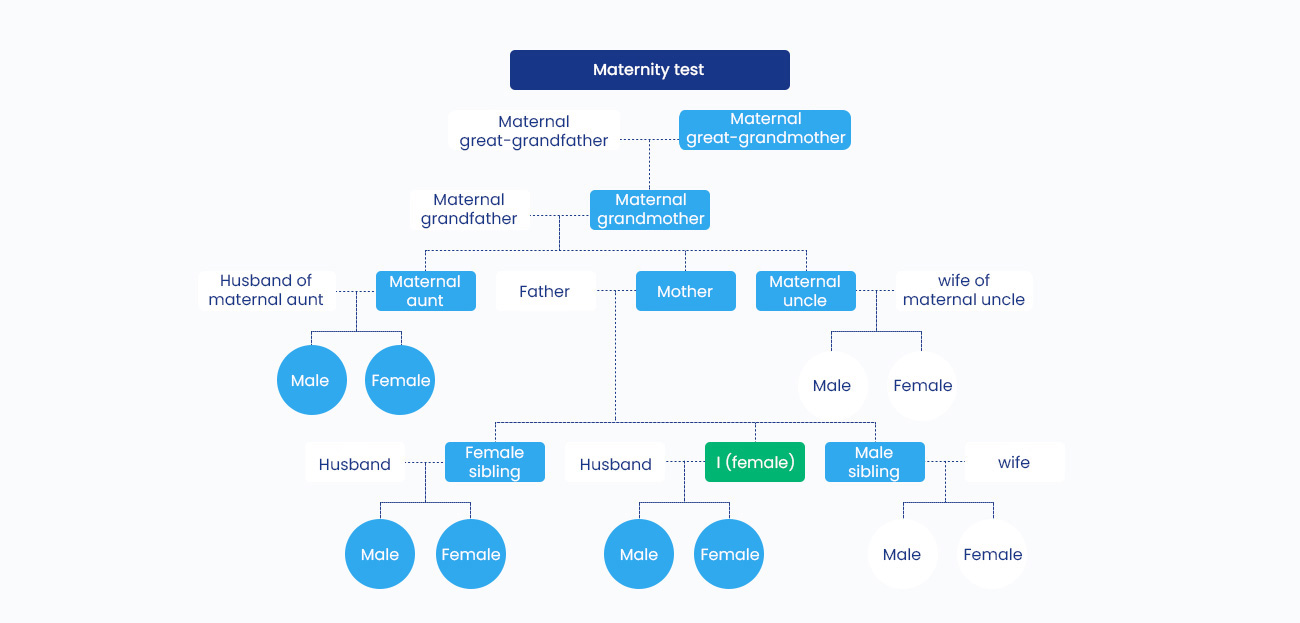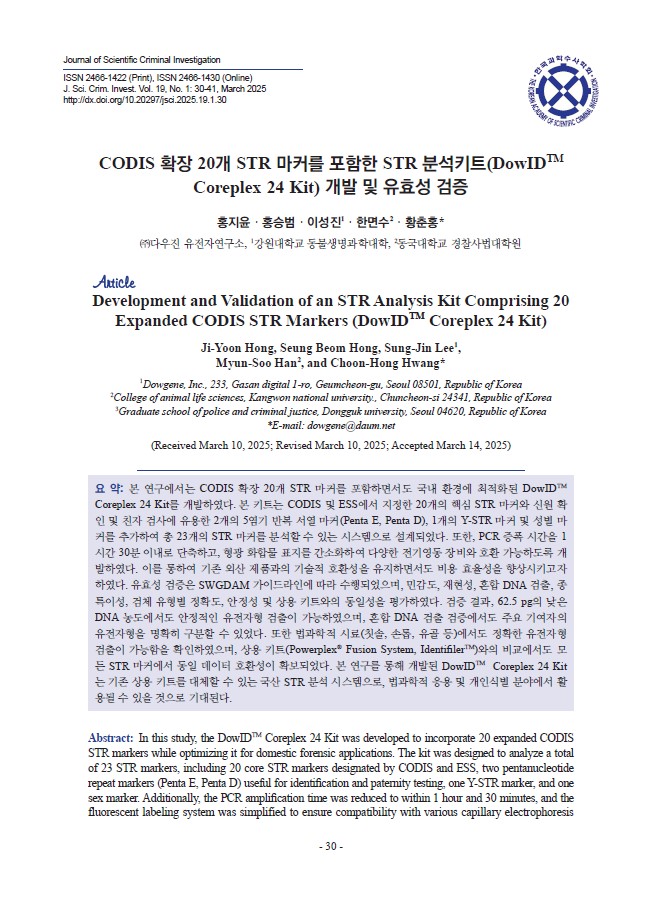Mitochondrial DNA maternity test (Mitochondria DNA Test/mtDNA)
Mitochondrial DNA maternity test examines the mitochondrial DNA with the characteristics of inheriting from the mother to the children, to prove a maternal blood relationship.

Mitochondrial DNA maternity test (Mitochondria DNA Test/mtDNA)
Mitochondrial DNA maternity test examines the mitochondrial DNA with the characteristics of inheriting from the mother to the children, to prove a maternal blood relationship.

The DNA in human cells can be largely divided into two types. First is the DNA present in the nucleus, which occupies most of the space in a cell, and the other is a tiny fraction of the DNA present in the mitochondria in the cytoplasm. When in-cell fertilization occurs, the sperm passes through the egg and delivers only the DNA of the cell nucleus and not the DNA of the mitochondria. Therefore, the genetic information of mitochondrial DNA depends entirely on the egg, the mother’s mitochondrial DNA, and a unique maternal genetic heredity phenomenon occurs. Mitochondrial DNA, which is characterized by such maternal heredity, is passed on from maternal grandmother to mother, aunt, uncle, and mother to children. Therefore, by analyzing the mitochondrial DNA, you can prove a maternal blood relationship.
DowGene DNA Testing Company, an international KOLAS certified testing institution, introduced the test quality management system to accurately control the entire testing process.


Blood, hair, oral epithelium, saliva, bloodstain, toothbrush, fingernail, chewing gum, cigarette butt, etc.




Mitochondrial DNA maternity test performs sequencing analysis of HVI and II that are hypervariable loci in the mitochondrial DNA. If all the sequencing tested match, the test proves that the same maternity is established. However, if there are discrepancies in three or more sequences of all examined bases, then no maternal blood relationship is established. If there is one discrepancy, then the possibility of mutation is examined.


Proof of maternal blood ties such as maternal grandparents, cousins, sisters and siblings

